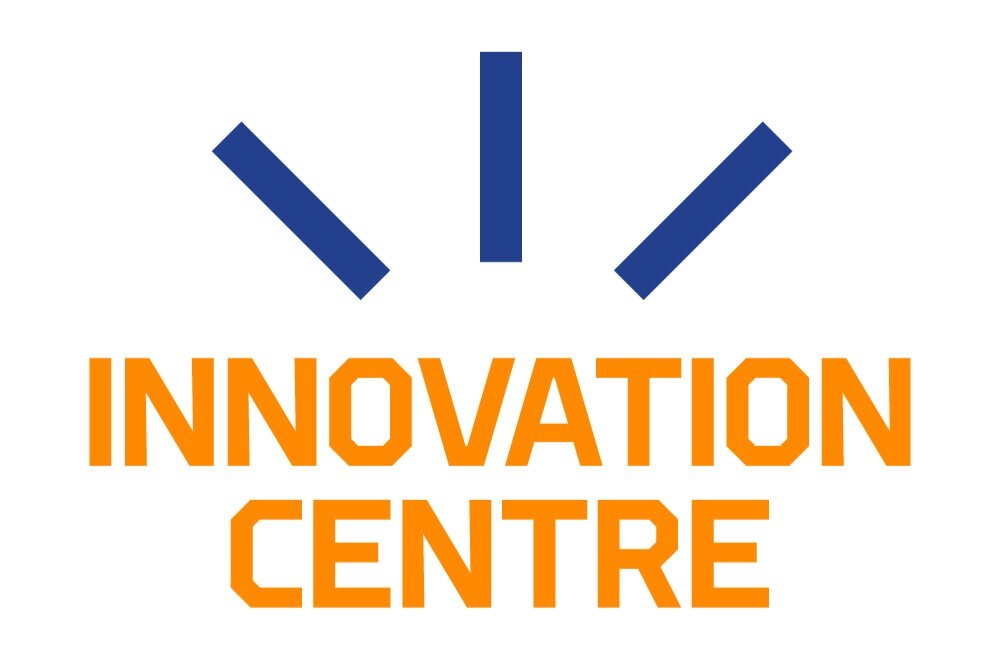Ville Kaikkonen’s innovation could revolutionize drone flight – “In the future, icing will no longer be a problem!”
Flying drones in Finland isn’t easy, and the biggest challenge comes from the climate: cold and humid weather creates ideal conditions for icing. Whether it’s a passenger plane or a small drone, flight comes to a quick halt if ice starts forming on the aircraft’s surfaces. Drones accumulate more ice on their propellers compared to airplanes because they rotate faster. Additionally, drones operate at lower altitudes, meaning they are more frequently exposed to icing conditions in clouds.
Because of these risks, drone pilots must follow strict EU regulations that significantly limit flights in icing conditions.
But how can you detect icing conditions? Aircrafts are equipped with advanced anti-icing and de-icing systems, including sensors that warn of freezing conditions. However, these systems are often large and expensive, making them unsuitable for drones.
Now, researchers at the University of Oulu are developing a new technology specifically designed to prevent icing on drones.
A new innovation to prevent drone icing
Researcher Ville Kaikkonen specializes in cloud icing on structures. He has worked on solutions for wind turbines and collaborated with the Finnish Meteorological Institute. Drones have played a key role in his research, helping him study clouds and their microphysics. He has also conducted optical and holography-related research at the university for over a decade.
While working with drones, Kaikkonen had an idea.
“I started wondering if we could combine cloud microphysics measurements with icing research to develop a new technology to prevent icing on flying devices. Existing technologies only detect ice once it has already formed, but what if we could prevent it entirely? To do that, we would need a sensor system that detects icing clouds in advance”, Kaikkonen explains.
The idea progressed to the point where his research group applied for Proof of Concept (PoC) funding to develop a prototype.
Once the funding was secured, the team built their designed sensor system and successfully tested it in a laboratory setting. The system’s purpose is to detect and avoid icing conditions and, if necessary, instruct the drone to leave dangerous areas. Their focus is on drones weighing under 25 kg, which is the most common size category, including commercial drones.
“We are combining AI and sensor technology to detect freezing conditions. During the PoC phase, we identified the right components, giving us a strong foundation to apply for Research to Business (R2B) funding to commercialize our innovation”, Kaikkonen explains.
With the funding secured, the project is now continuing as an R2B initiative. The team has developed the first prototype and has already attracted interest from several drone manufacturers. Field testing is set to begin in autumn 2025.
“If everything goes as planned, we’re not far from bringing this to the market”, Kaikkonen says.
A future full of possibilities
Kaikkonen believes there will be strong demand for their solution — especially as drones become more common and increasingly automated. In the near future, drones will be widely used for cargo transport, and later, they may even carry passengers.
“At the moment, smaller operators have no way to assess flying conditions other than visually checking the weather and following forecasts. But as drone flights become automated, a single operator may have to manage dozens of flights at the same time. In that scenario, this kind of technology will be essential”, Kaikkonen explains.
It is still undecided whether the solution will be developed as a startup or commercialized through licensing, but interest from companies is growing. The new technology would improve safety, prevent costly equipment failures, and make it easier to obtain flight permits.
“I believe this will transform both the drone industry and recreational flying”, Kaikkonen says. “In the future, icing will no longer be a problem!”
Ville Kaikkonen
Researcher, University of Oulu



